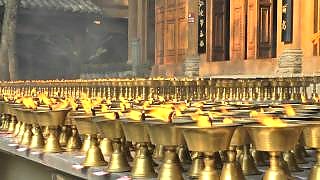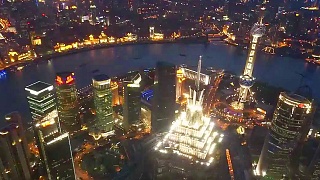With Travel with Fawn ...
[640],shadow=true,start=,stop=Welcome to Mount Siguniang
Discover the majestic beauty and adventure of Mount Siguniang.
Introduction
Mount Siguniang, also known as Four Sisters Mountain, is a scenic mountain range located in Sichuan Province, China. It is renowned for its stunning peaks, diverse wildlife, and picturesque landscapes, making it a popular destination for hikers, climbers, and nature enthusiasts.
Location
Mount Siguniang is situated in Xiaojin County, Aba Tibetan and Qiang Autonomous Prefecture, Sichuan Province. It is approximately 220 kilometers west of Chengdu, the provincial capital.
History
Mount Siguniang has long been regarded as a sacred place by the local Tibetan and Qiang ethnic groups. The name "Siguniang" translates to "Four Sisters," referring to the four distinct peaks in the mountain range. Over the years, the area has become a significant site for both cultural heritage and ecological conservation.
Attractions
- Four Peaks: The mountain range features four prominent peaks: DaFeng (Big Peak), ErFeng (Second Peak), SanFeng (Third Peak), and Yaomei Feng (Youngest Sister Peak), the highest being Yaomei Feng at 6,250 meters.
- Shuangqiao Valley: Known for its beautiful forests, meadows, and streams, offering an accessible and scenic hiking experience.
- Changping Valley: Famous for its dense forests, alpine meadows, and views of snow-capped peaks, ideal for trekking and photography.
- Haizi Valley: Features glacial lakes, diverse flora, and stunning vistas, perfect for longer and more challenging hikes.
- Bipenggou Nature Reserve: A neighboring reserve known for its pristine landscapes and biodiversity.
Activities
- Hiking and Trekking
- Mountain Climbing
- Camping
- Photography
- Wildlife Watching
- Cultural Tours
Facilities
- Visitor Center
- Restrooms
- Accommodations (Hotels, Guesthouses)
- Camping Sites
- Food Stalls and Restaurants
- Parking Lots
- Guided Tour Services
Visitor Tips
- Wear appropriate clothing and footwear for hiking and mountain conditions.
- Bring sufficient water and snacks, especially for longer treks.
- Check weather conditions and plan your visit accordingly.
- Acclimatize to the altitude gradually to avoid altitude sickness.
- Respect local customs and traditions, particularly when visiting Tibetan cultural sites.
- Follow all park regulations and guidelines to preserve the natural environment.

 The awesomely beautiful Mount SiGuNiang (Four Sisters Mountain) 四姑娘山, SiChuan – Don’t miss it
The awesomely beautiful Mount SiGuNiang (Four Sisters Mountain) 四姑娘山, SiChuan – Don’t miss it





























